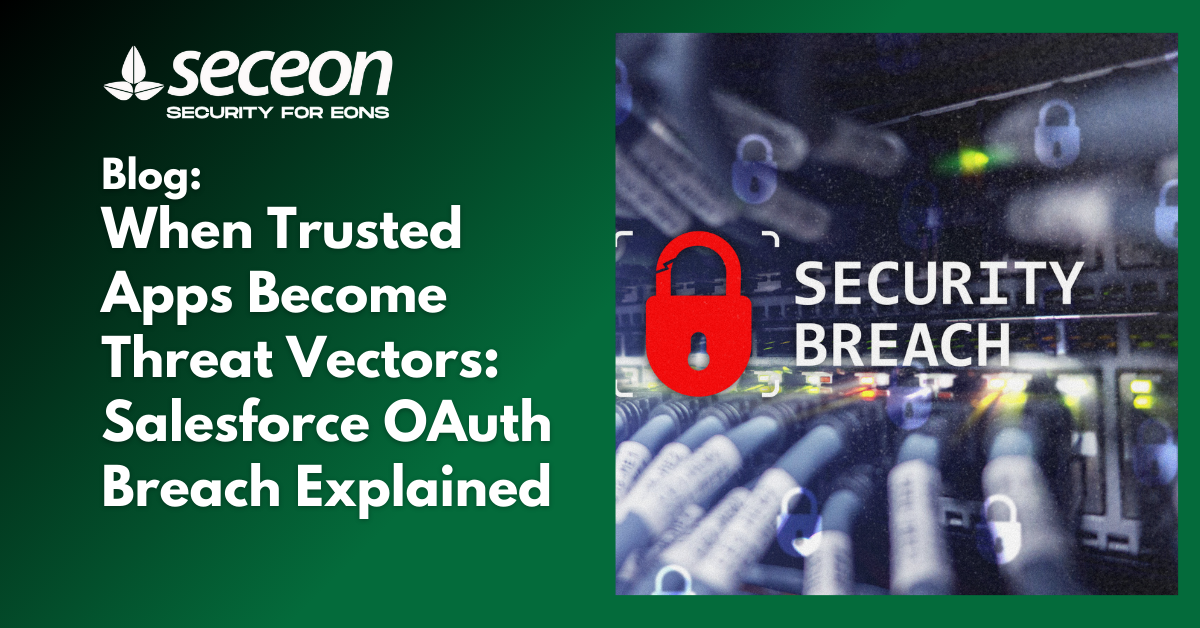
Based on reporting from Cybersecurity Dive, August 21, 2025.
In a newly disclosed campaign attributed to threat actor UNC6395, multiple Salesforce instances were breached through the compromise of OAuth tokens used by a third-party app, Drift. The attackers exploited these trusted tokens to harvest sensitive data from connected environments—including passwords, AWS keys, and Snowflake credentials—without ever triggering traditional malware detection or authentication alerts.
This breach underscores a growing blind spot in cloud-first architectures: the misuse of trusted integrations to bypass perimeter defenses. No vulnerability existed in Salesforce itself, but the abuse of OAuth tokens granted attackers access as if they were authorized users.
For enterprises and the MSPs that support them, this attack highlights a recurring problem: credentials and identity tokens are becoming the most valuable keys to the kingdom.
Modern business platforms rely on a growing web of third-party connectors, especially in cloud CRMs, marketing tools, and IoT platforms. With this interconnectedness comes increased risk:
This type of threat isn’t theoretical. It’s happening in real time—and it doesn’t take a zero-day exploit to cause damage.
According to researchers, any organization using Drift within their Salesforce environment should assume data compromise. Immediate recommendations include:
This isn’t just a technical issue—it’s a governance challenge. Enterprises must consider how to secure cloud-native identity infrastructure as stringently as they protect network perimeters.
As threats increasingly bypass traditional defenses, Security Operations Centers (SOCs) are under pressure to evolve. Manual investigation of token misuse is time-consuming and often too slow to stop real damage.
That’s why organizations are looking toward:
The Salesforce-Drift token breach is a cautionary tale. Even platforms built with strong security can be compromised when identity sprawl, integration risk, and limited token visibility go unchecked.
For enterprises and MSPs alike, the lesson is clear: identity protection must become a central pillar of cybersecurity strategy.
At Seceon, we’re focused on delivering a platform that does just that—offering behavioral analytics, automated threat detection, and real-time response across cloud, identity, and network domains. Because stopping tomorrow’s attacks means seeing what traditional tools miss today.
Let’s make sure your trusted connections stay that way.
